Graduate students enrolling in the Frederick S. Pardee School of Global Studies in the fall will have three new degree programs to choose from.
“It’s a way of ensuring that no one leaves here without us being sure they are going to have both the breadth and the depth to fulfill what the strategic plan says we are going to do, which is to create the leaders of tomorrow,” says Adil Najam, dean of the Pardee School, and a College of Arts & Sciences professor of international relations and of earth and environment.
The school has redesigned and consolidated nine existing graduate programs to create the three degrees, while creating new in-depth specializations and options within those degrees:
• The flagship Master of Arts in International Affairs (MAIA) prepares students for a wide variety of careers over four semesters and offers specializations in diplomacy, international communication, global economic affairs, security studies, and religion and international affairs. “Before this, we didn’t have a degree that had ‘security’ in the name, we didn’t have a degree that had ‘diplomacy’ in it, but those were two of our biggest strengths,” Najam says.
• The Master of Arts in Global Policy (MGP) provides a grounding in core skills of global policy over three semesters while offering specializations in environmental policy, developmental policy, and international public health policy.
• The redesigned Master of Arts in International Relations (MAIR) is an early- to mid-career program for professionals with a few years of experience in the field. In most cases, the degree can be completed in two semesters, providing skills and knowledge students need to enhance their professional careers and impact.
The Pardee School was launched in 2014 with a $25 million donation from Frederick S. Pardee (Questrom’54,’54, Hon.’06). Its goal is to bring together faculty from across the University to support interdisciplinary research aimed at advancing global human progress and educating the next generation of leaders. “BU has taken a big, bold, and very timely step by creating a school of global studies,” Najam says. “As these units, especially international relations, got together to become a school, we suddenly realized that we couldn’t just be the sum of those parts. We had to be more.”
The time seemed right to redesign the school’s graduate programs. “We looked at what we had and lots of things were excellent,” he says, “but now we had an opportunity to look at all of them again and say, how can we make them cohere. Let’s put a holistic strategy into this. And that’s what the graduate redesign is.”
Under the new degree programs, Pardee has designated four core courses that will be required of all graduate students: Fundamentals of International Relations, Quantitative Analysis for Global Affairs, Economics for Global Policy, and Negotiation and Diplomacy. (The first three were previously required in some degree tracks, but not others, and Quantitative Analysis is a restructured version of a previous course in research methods.)
“We went through and decided there were elements we thought people should have as core knowledge no matter which specialization they went down,” says Robert Loftis, a Pardee and CAS professor of the practice of international relations and Pardee director of graduate students.
The idea is not, for example, that students who take the quantitative analysis class are going to become “super statisticians,” says Loftis, a former US ambassador to Lesotho, but that in today’s world, all international relations students need to understand how to use and interpret data to support their policy recommendations and evaluate the claims of those they negotiate with.
The hope is that the required courses will also enhance a sense of community at Pardee, by allowing students to “get to know their cohort in these four classes, and they become part of your network during school, and more importantly, when you graduate,” Loftis says.
He points to two extracurricular events for graduate students that have already begun to enhance that sense of community: an off-site retreat, held at the beginning of the school year, and a trip to Washington, D.C., during spring break. On the Washington trip, “what we really focus on is giving them a chance to network,” he says. “Not, oh, can you give me a job, but, how do you break in, how do you market yourself, what are some different avenues? You can study it, but there’s something about talking to someone in person.”
The graduate students who entered Pardee in January were given the option of enrolling in the existing program or switching to the new one that formally begins in the fall.
One of them was Ryan Wayne (GRS’18), who graduated from California State University San Marcos with a degree in political science. “I initially applied to the Pardee School with the intention of focusing on the Middle East and North Africa, specializing in security studies,” Wayne says. “I was delighted to learn of the new specialization for diplomacy. It grants me the freedom to explore the issues that I am keen to, while offering me the ability to diversify my education, making me more marketable once I graduate.”
Another goal of the newly redesigned graduate programs is to raise the school’s profile. The Pardee School is currently an associate member of the Association of Professional Schools of International Affairs (APSIA), and Najam says the new degree programs should help Pardee attain full APSIA membership, which is considered the imprimatur of excellence.
Pardee is retaining a master’s degree in Latin American studies, a joint MA/MBA in conjunction with the Questrom School of Business, and a joint MA/JD with the School of Law.
The Pardee School has about 800 undergraduates and 100 grad students, unusual among its peers, which tend to focus on graduate students. A significant redesign of the undergraduate programs is currently under review, Najam says, with one change ready to be unveiled along with the new graduate degree programs: a five-year Bachelor of Arts in International Relations/Master of Arts in International Affairs (BA/MAIA). The new degree program is for a select number of undergrads and will allow them to graduate with both a bachelor’s and a master’s degree with only one additional year of coursework by integrating their final undergraduate year with the first year of the graduate program.


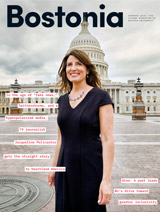
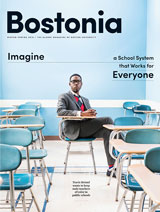
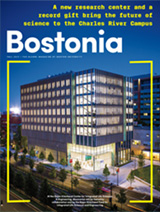






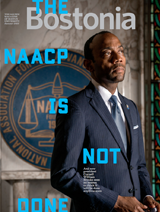


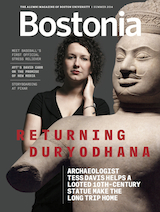

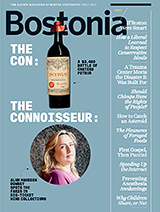







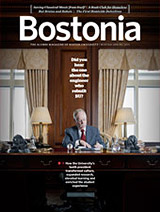






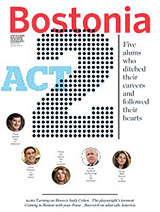
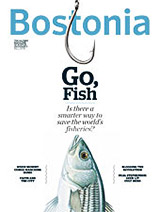

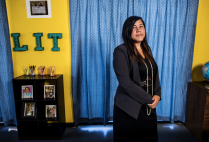





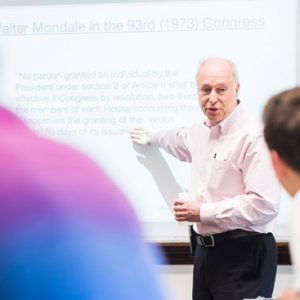
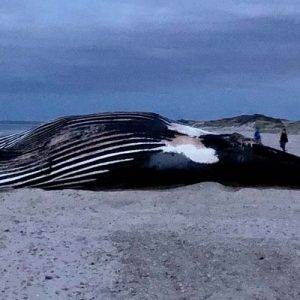




Related Stories
Adil Najam Named Dean of Pardee School of Global Studies
New leader is global policy expert
Frederick S. Pardee Pledges Another $25 Million to Pardee School of Global Studies
Alum’s gift could pave way for stand-alone building for school he endowed
New Pardee School of Global Studies: Custodian of Old and Cherished Traditions
Interdisciplinary approach expands offerings and promise
Post Your Comment